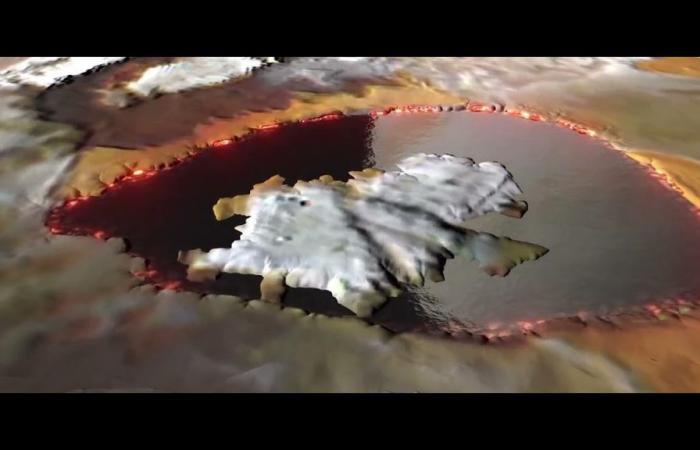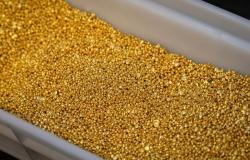Recent infrared images captured by NASA’s Juno spacecraft are fueling heated debate about the inner workings of Jupiter’s hottest moon, Io. Thanks to the instrument that Juno is equipped with, the Jovian Infrared Auroral Mapper (JIRAM), provided by theItalian Space Agencynew information has emerged about lava lakes and volcanic processes at work on Io. These results, published June 20 in the journal Nature Communications Earth and Environmentoffer a more complete picture of the planet’s volcanic dynamics.
Me: a world of fire
Io, discovered by Galileo Galilei in 1610, has fascinated astronomers for centuries. Its volcanic activity was first observed by NASA’s Voyager 1 spacecraft in 1979. Today, scientists believe Io is the celestial body most volcanically active in the solar systema phenomenon due to the tidal forces exerted by Jupiter and its nearby moons. However, despite numerous theories, there is still little concrete data on the types of volcanic eruptions that occur on Io.
Juno gave us new perspectives
During flybys in May and October 2023, Juno approached Io to about 35,000 kilometers and 13,000 kilometers, respectively. JIRAM, designed to capture infrared light, revealed that theIo’s entire surface is covered in lava lakes inside caldera-like structures. “The high spatial resolution of JIRAM infrared images revealed that about 3% of Io’s surface is covered by lakes of molten lava.“, declared Alessandro Mura of the National Institute of Astrophysics in Rome.
Lava lakes: a world of fire
JIRAM infrared images show that Io’s lava lakes are surrounded by a thin rim of lava at the boundary, between the central crust and the lake walls. This suggests a continuous recycling of lava, with a balance between the lava erupted into the lakes and that reintegrated into the subsurface system.We found that Io’s lava lakes are characterized by huge magma movements that cause the lava crust to rise and fall.“Mura said.
New data, new theories
JIRAM data indicate that most of Io’s hotspot surfaces are composed of a rocky crust that moves cyclically as magma rises centrally. This movement generates friction and deformation, causing the crust to crack and expose the underlying lava. An alternative hypothesis is that magma surfaces in the center of the lake, forming a crust that sinks along the edges.
Scott Bolton, Juno’s principal investigator, said that “we are just starting to analyze JIRAM results from the December 2023 and February 2024 flybys.” These data provide new insights into Io’s volcanic processes. Juno, which made its 62nd flyby of Jupiter on June 13, with a flyby of Io at about 29,250 kilometers, will continue its observations with the 63rd flyby scheduled for July 16.
Mission information
NASA’s Jet Propulsion Laboratory manages the Juno mission for principal investigator Scott Bolton of the Southwest Research Institute in San Antonio. Juno is part of NASA’s New Frontiers program, with support from the Italian Space Agency (ASI) which funded JIRAM. Lockheed Martin Space built and operates the spacecraft.
Juno’s new discoveries are transforming our understanding of Io’s volcanic processes, offering a fascinating view of one of the most extreme worlds in our solar system.






